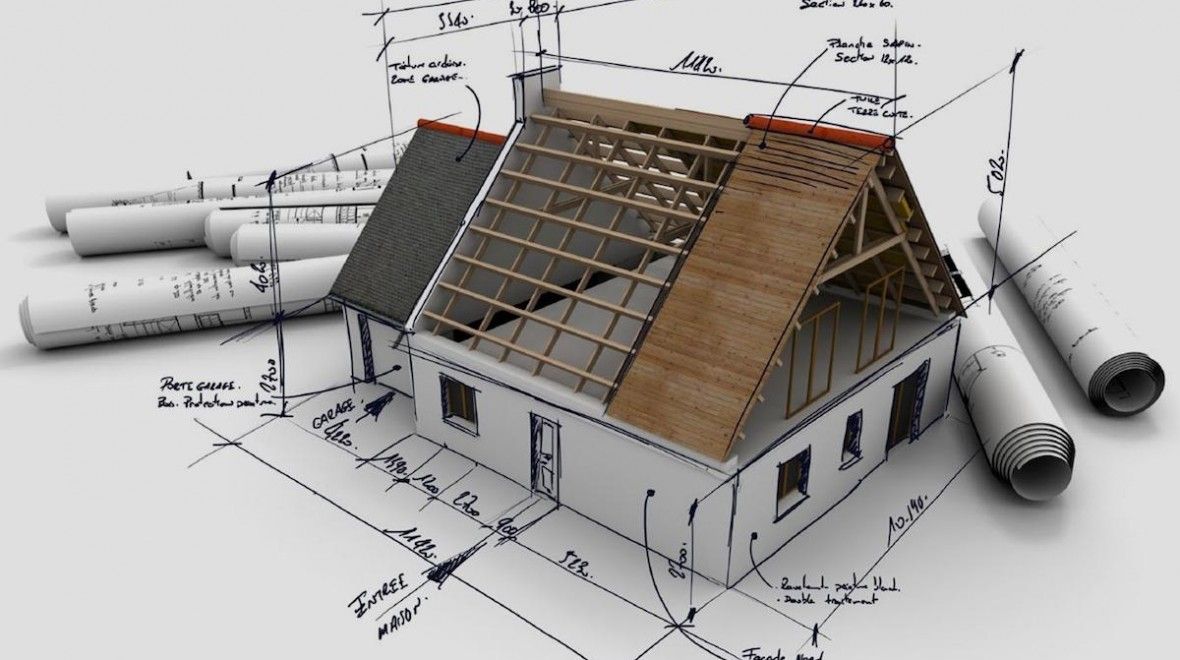Are you planning to buy DIY geothermal system? If so, then considering horizontal ground loop installation makes perfect sense. All you need to do is to hire a back hoe featuring a 36” bucket for a slinky loop. Or you can rent a chain trencher to deliver single line trenches for the ground loops.
When it comes to making the purchase of geothermal systems in the northern USA and in Canada, you will be provided with 800 feet coils per each loop by 123 Zero Energy. But in the southern climates, you will get 600 feet of piping.
However, you can consider vertical loops; but you will have to hire a drilling company for boring holes as required. Well loop or open loop is quite easy and very cost-effective alternative for you, if you want to go for DIY installation. Both of the loops can deliver the best performance in the long run.
Again if you reside on a lake, a lake loop may be good; but more number of municipalities are restricting the use of lake loops. It’s because of their potentially hazardous impact to the environment as they can develop a leak or a pipe crack. You can contact 123 Zero Energy to discuss about the options available for DIY geothermal system installation.

Understanding the Sizing of Geothermal System –
The size of a geothermal system is one loop for every ton. If you have any doubt, you can go for bigger size. The more contact the geothermal system lines have with the earth, the better the heat quality transfer will be.
A premier geothermal kit supplier, 123 Zero Energy uses larger diameter of piping like the 1” high density poly-ethylene piping. The use of larger diameter ensures more surface area of contact and better heat transfer.
Installing Ground Loops of a Geothermal System –
Start the installation process with mapping out your property by taking measurements of the trench distances. Please remember that, you will have to consider the additional supply and return piping you will need for the connection inside the house.
You should never splice a loop. If you need larger loops, you should contact 123 Zero Energy and they can supply you with 1000 ft piping roles.
In fact, you should contact your utility companies to know the places where the buried gas, water and gas lines are located. Once you’ve marked out the places, you need to hire a professional back hoe operator for digging your trenches effortlessly.
You have to maintain minimum distance of 6 feet to make sure you are below the frost line. In some of the northern areas, maintaining 8 feet ensures that you are below the frost line. After all, an experienced back hoe operator in your area must be familiar with the frost levels in your geographical area and will suggest you better options for your needs.
Once the digging of trenches is done, you need to align the bottom with 6” of sand before laying down your piping. This will help you optimal heat transfer and make sure that there are not air voids around the piping.
In addition to, the presence of sand will protect the piping from sharp rocks that may be found in the trench and could damage or punch the lines possibly. Once it’s done, you should start filling the trenches with 6”-12” of sand.
You will have to wet the sand to ensure that sand fills tightly around the poly-ethylene piping. At the end, you can fill the loops with clay and soil that you’d removed. Make sure that the ground is completely compacted to remove the air voids if there’s any.
Bottom Line –
Now you’ve understood how installing the ground loops of geothermal kit, should be done. If you want to learn more about geothermal systems, please contact 123 Zero Energy on +1 800 317 9054. We will get back to you as soon as possible!

